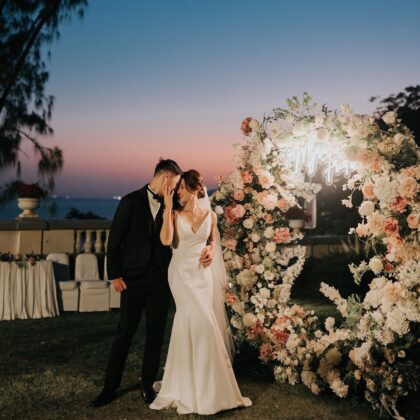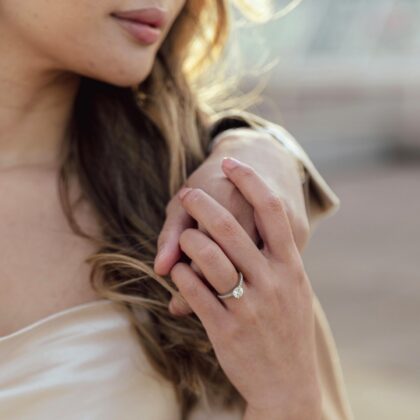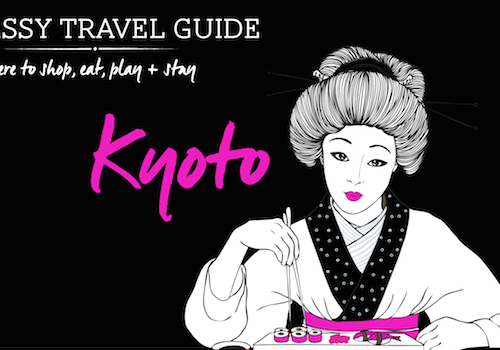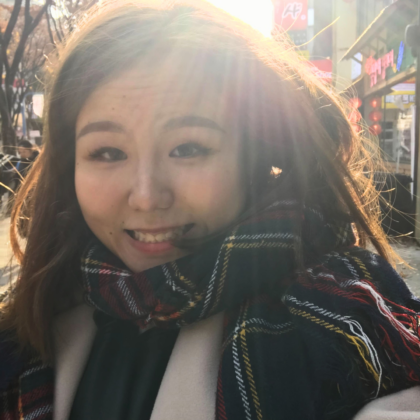THE BASICS
A location synonymous with the evocative scenes of geisha hurrying down narrow alleys, Kyoto is nonetheless a pretty sizeable city with plenty of temples and parks to see, alleyways to wander and delicious food to chow down on. With so much to cover and so little time, planning is key to make the most of your Kyoto getaway. As with all Japanese travel, certain handy hints apply:
- Always have the location written out in Japanese if you’re using taxis – English isn’t very widely spoken!
- The metro system is easy to use, just beware of the different lines as sometimes you need to buy a new ticket when transiting across lines
- Another great way to get around is by bike; most bike paths are on pavements making it super safe
- The most beautiful times of year are cherry blossom in April and autumn leaves in November, but the place is positively rammed at these times so book in advance and try to get to key temples early
- Fly into Osaka Kansai airport and then take the direct 75 minute train into Kyoto station where you can hop onto the metro to reach your accommodation
- Cash is king as not everywhere accepts cards, if ATM’s aren’t accepting your card, try a post office
WHAT TO DO
Kyoto has some incredible temples, architecture and atmospheric areas but it is large and sprawling so it’s best tackled region by region. You can cover 2-3 regions in a day, so pick and choose which ones you want to visit when – some are best seen after dusk…
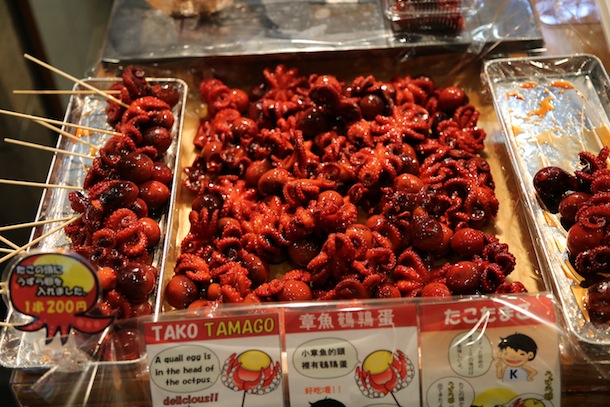 Region One – Central Kyoto
Region One – Central Kyoto
- Ogle the wonderful architecture at Kyoto station
- Head to Nishiki Market where hundreds of stalls offer up delicious treats – think sweet mini octopus, savoury croquettes and oodles of sweet snack food
- The Imperial Palace Gardens are worth a wonder if you have time, but the palace itself isn’t open to visitors
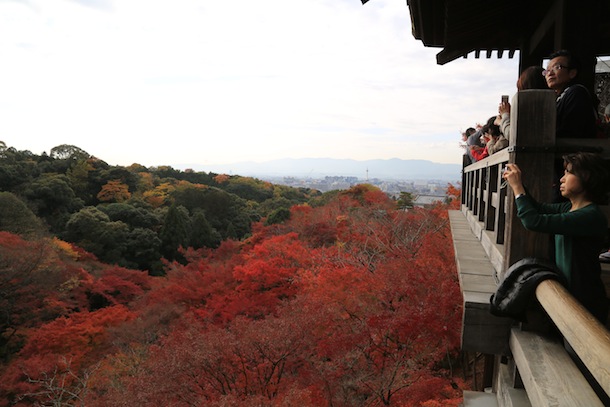 Region Two – Eastern Gion
Region Two – Eastern Gion
- Start at the colourful Yasaka Shrine located next to Maruyama Park – especially worth a wonder on its own during cherry blossom, plus there’s no entrance fee here!
- Then work your down the picturesque stone paved slopes of Ninen-zaka and Sannein-zaka. End your stroll at Kyoto’s most famous temple; Kyomizu-Dera.
- Kiyomizu-Dera temple is one of the most famous landmarks (thus super-crowded), drink water from the waterfall to ensure health and if you can navigate your way between one lover’s stone and the other with your eyes shut, then you will find true love.
- Explore the mystical nature of Shimbashi street – peer into the classic tea houses and try to spot a geisha. Loiter down the lantern lit lanes of Pontocho Alley.
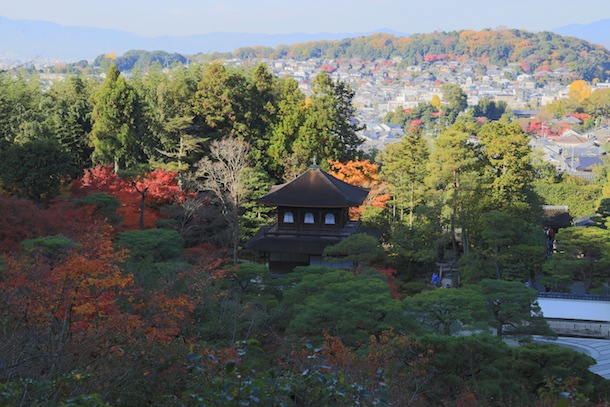 Region Three – Higashiyama
Region Three – Higashiyama
- The best way to see this area is by walking the 2km along the Philosopher’s Walk. Start in the morning at Ginkaku-Ji (idyllic in November).
- Follow the signs to the canal side and stop at Nanzen-Ji temple. It’s impressive large gates and temples tower over you and there is no general entry fee so just wander around and choose which temples take your fancy.
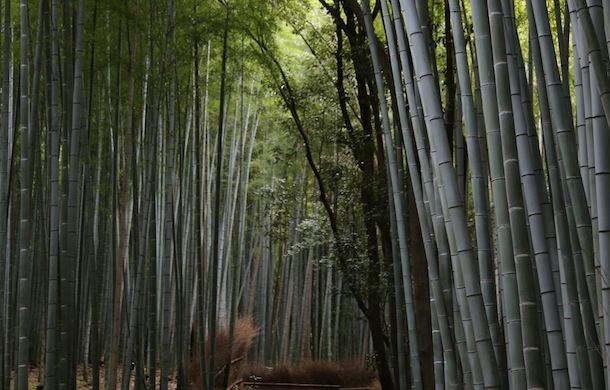 Region Four – Arashiyama
Region Four – Arashiyama
- As you exit the train station follow the crowds towards Tenryu-Ji. You won’t be able to miss the looming bamboo groves that surround it.
- From Tenryu-Ji keep wondering along the main path and then pop into Okochi Sanso. Once the home of a movie star, it has famed gardens with fantastic views and your ticket includes tea and cake at the end.
- Then head down to the river where you can take out a boat.
- By the river make sure you check out Togetsu-Kyo bridge – known as the moon crossing bridge.
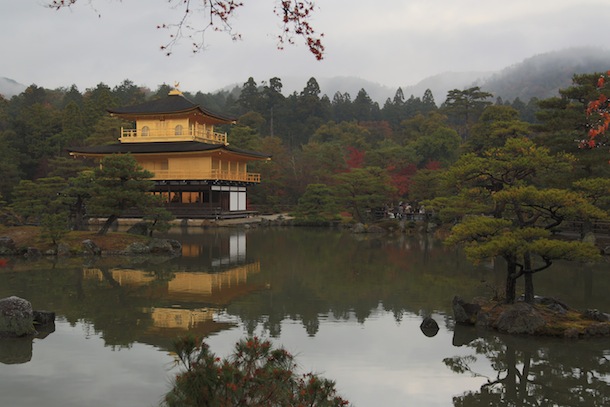 Region Five – Northern Kyoto
Region Five – Northern Kyoto
- Saiho-Ji is a beautiful temple most famed for its magical moss garden. However, access is highly restricted with limited opening hours and slots for entry, so get your hotel to book in advance
- Daitoku-Ji temple is famed for its gardens. In between areas, it isn’t somewhere you will stroll past, but there are so many temples and gardens it’s worth a detour
- Kinkaku-Ji temple is the Golden Pavilion. Crowds are always giant here, so perhaps it’s best at the start or end of your day – it’s definitely worth a visit.
Other sites if you have time:
The above is plenty to fill 48 hours, but depending on your efficiency and the weather, it’s worth keeping these other options in your back pocket.
- Fushimi Inari shrine is often overlooked but it is a beautiful complex of shrines with a highlight being the 4km pathway up the hillside impressively lined with hundreds of red torri gates and stone foxes – a great mini day hike if you need to burn off some food!
- The Museum of Kyoto is only worth a visit if rain is scuppering your other plans, but is quite interesting
WHERE TO EAT
Kyoto’s food scene is as much of a reason to visit as the seasonal beauty and masterful temples. So schedule in lots of eating time and definitely book in advance. The food in this region is pretty unique so I would definitely recommend trying new things…
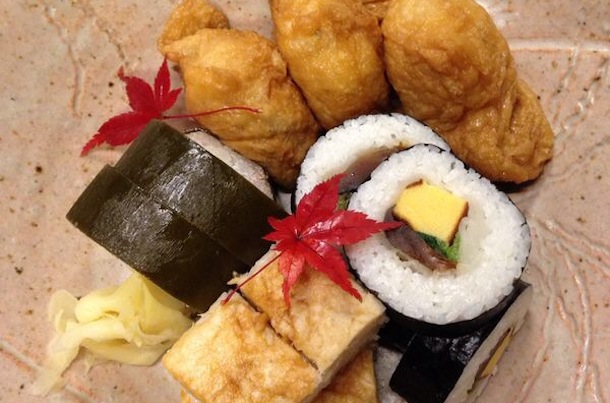 Kyoto Sushi
Kyoto Sushi
Due to its inland location, Kyoto dwellers had to come up with ingenious ways of eating sushi without a supply of fresh fish. Hence the creation of Kyoto sushi – with pickled ingredients and a use of tofu. It’s delicious and so different to any sushi you have ever had before. Try Izuji sushi – pretty much opposite Yasaka Shrine’s main entrance you won’t find a more authentic or historic place to sample this cuisine. It’s quick, cheap and incredible tasty. If you’re not in that area, the next best place to try is Ikkan.
Tofu and Soy specialties
Tofu is highly valued in Kyoto and many restaurants specialise in just serving this up as a delicacy. The best ones are found in Arashiyama so head here if you like your soy. Top places to check out include Shoraian and Seigenin.
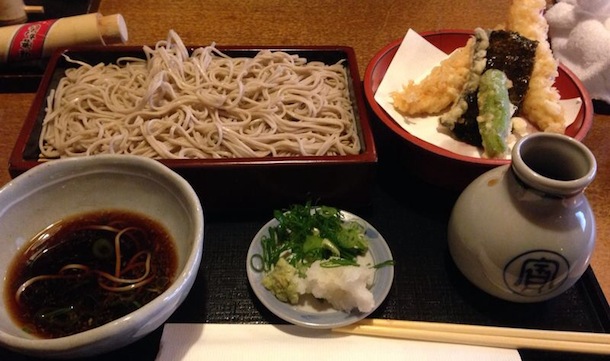 Soba noodles
Soba noodles
These buckwheat noodles are best eaten cold with a side of tempura. The best places to get your your slurp on?Soba no mi Yoshimura in Arashiyama (with another location in Karasuma) and my personal favourite which has been going since 1465 (a royal favourite too!) – Honke Orawiya in Central Kyoto. It’s not reservations though, so get there early!
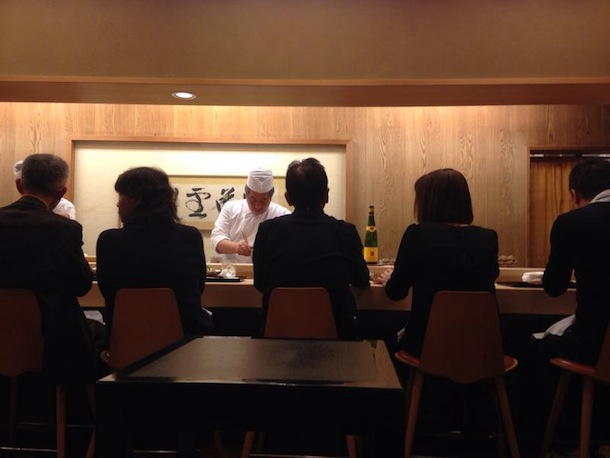 Kaiseki (Mostly Michelin Star)
Kaiseki (Mostly Michelin Star)
Kaiseki cuisine pretty much originated in Kyoto and they have their own special style known as Kaiseki ryori. Simply choose what menu you want (which affects the ingredients used rather than number of courses) and let them know of any dietary requirements. This is definitely the most pricey way to eat in Kyoto, but by far the tastiest! So save up your $$$ and your appetite to indulge… Top tip: come at lunch time for the best value way to sample this incredible feast for your stomach and eyes. Top restaurants include the three star Kikunoi Honten and Roan Kikunoi (the equivalent of Gordon Ramsay restos in Kyoto), Nakamura – three Michelin stars and one of the most famous and expensive options, Sakamoto, and these other gastronomic delights.
Vegetarian Cuisine
There are numerous Buddhist vegetarian restaurants (Shojin Ryori) to sample from in Kyoto, some of which are seen as better than their carnivorous counterparts. Kanga’an is perhaps one of the most famed and beautiful places to eat, with vegetarian food served up by Buddhist monks. Another good option is Shigetsu which can be found in the grounds of Tenryu-Ji temple.
Geisha Evenings
If you’re looking for a geisha hosted dinner, then you really need to know someone on the inside who can organise a hosted one as they’re not easy to come by. However, there are some more touristy ones which will give you a glimpse into the traditional dances and music such as Gion Hatanaka, Gion Tomikuku and Shimogamo Saryo.
WHERE TO DRINK
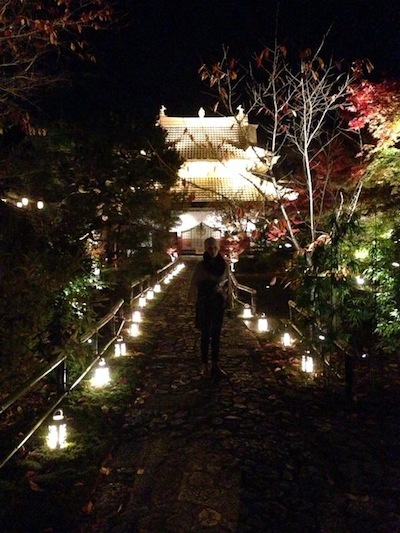
Kyoto is quite an early night city so don’t expect raucous nights on the town, but there are some great specialty bars that are well worth a visit. Here is our top three:
- If you didn’t manage to eat at Kanga’an then definitely head here for a nightcap. Lurking in the back of this Buddhist temple is a small bar surrounded by beautiful gardens, serving up a simple selection of Japanese whiskies and beers.
- Other good cocktail bars to consider are Bar Rocking Chair and also Bar Satonaka
WHERE TO SHOP
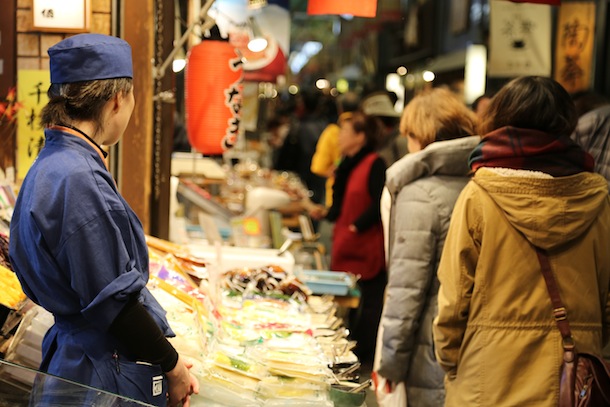
There is too much sightseeing to be done to spend too much time shopping, but if you have a habit that needs satisfying these are our top picks:
- For food: Nishiki market
- For souvenirs: There is another covered market next to Nishiki with lots of “tat” to take home as gifts
- For arts and crafts: Your best bet is to pop into the Kyoto handicraft centre with a gigantic range
- For Seasonal markets: selling great value antiques, Kobo-san market is on the 21st of each month and To-ji or Tenjin-San market is held on the 25th of each month at Kitano Tenmangu
WHERE TO STAY
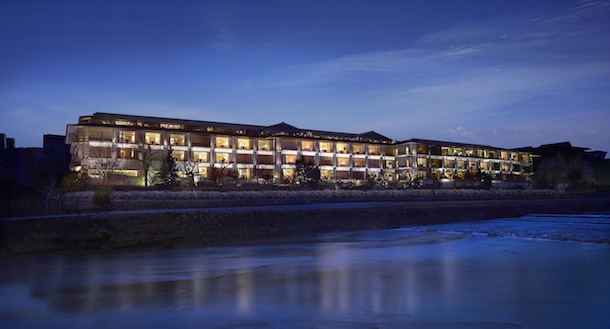
The most authentic way to do Kyoto is to stay in a traditional Ryokan, however the big but here is that they cost a small fortune, not all are up to scratch quality wise and there is very limited availability in peak times. Until recently there was a stark lack of luxury hotel alternatives in Kyoto, but that all changed this year with the opening of the Ritz Carlton, which is now very much the place to stay.
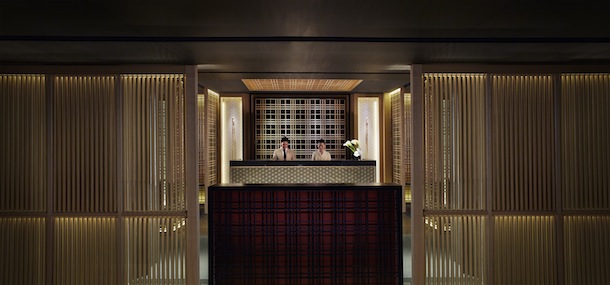
Hugging the banks of the river nestling between Central Kyoto and Gion, it’s within 15 minutes walk of most major sites. Despite its 5 star hotel links, it feels like a small independent boutique, perfectly integrated into its surroundings. The interior is the perfect mix of traditional Japanese aesthetics and modern Japanese design and the rooms are no less impressive. With all the sightseeing to be done, you’ll be torn away from the hotel’s fantastic facilities including a tranquil basement pool, gym and spa, an Italian and Japanese restaurant and great atmospheric bar.
Ritz Carlton, www.ritzcarlton.com/en/Properties/Kyoto/Default.htm from $4,000
TIME TO KILL? OUR FAVOURITE WEEKEND ADD-ONS
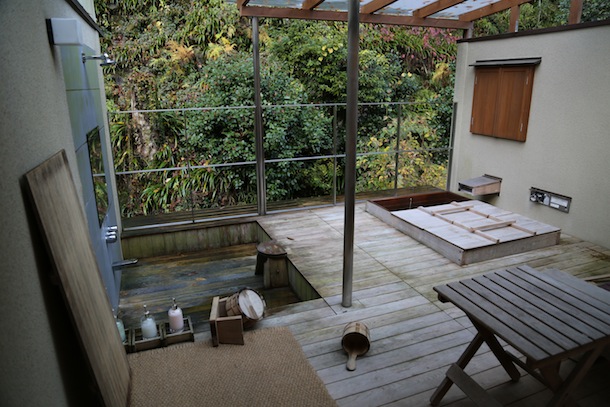
With a flight time of 4 hours, you might be tempted to take an extra day off and explore more of the beautiful scenery surrounding Kyoto. A mere 20 minutes on the subway takes you up towards the mountain towns of Kibune and Kurama. Our top pick in lantern lit Kibune is Ugenta, it may be expensive but the kaiseki food is delicious and the roof top private onsen is unbeatable. Lounge around in your Japanese robes before exploring the small boutiques and shrines in Kibune.
Then put on your hiking gear for the 2-hour walk over the mini-mountain to Kurama-dera temple, a beautiful and secluded temple exuding tranquility. Grab a delicious snack from one of the teahouses before walking 10 minutes to Kurama onsen for a restorative soak in their hot spring water baths. A mere 24 hour add on to your Kyoto city break, but unmissable for the insight into the surrounding!


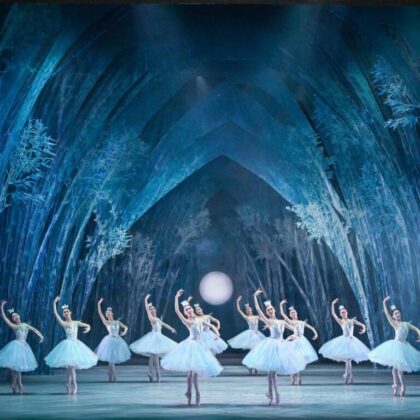

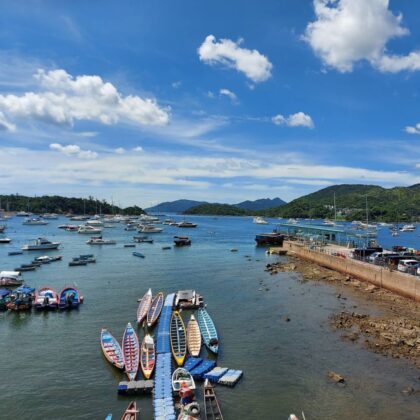
 Eat & Drink
Eat & Drink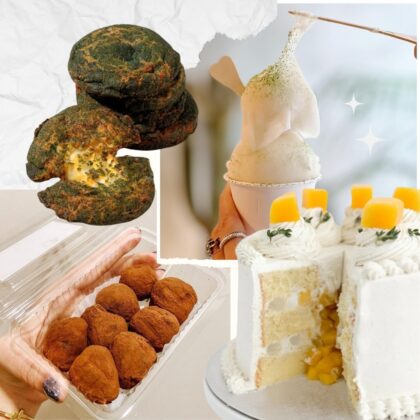

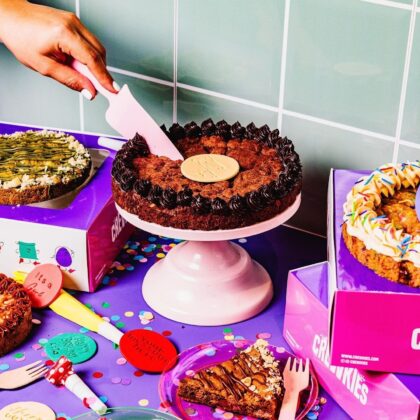

 Travel
Travel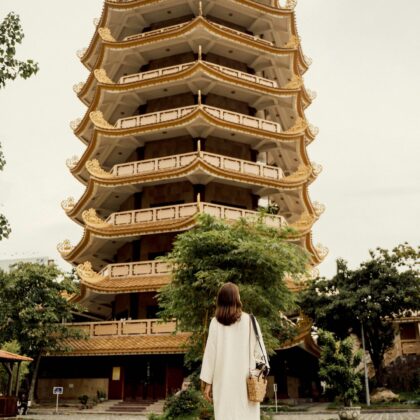
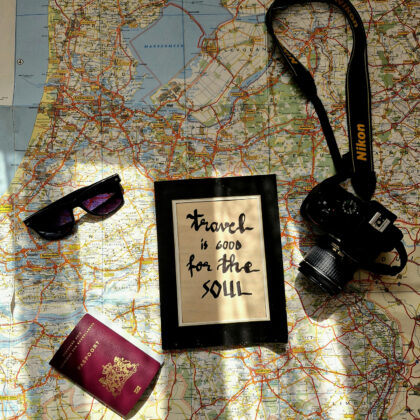
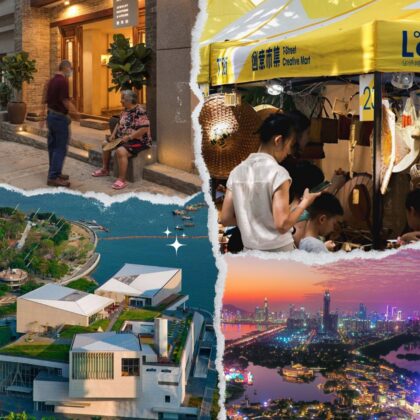
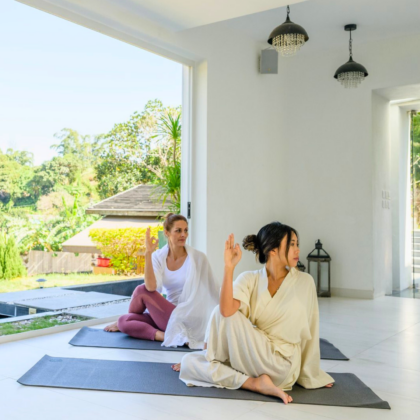
 Style
Style


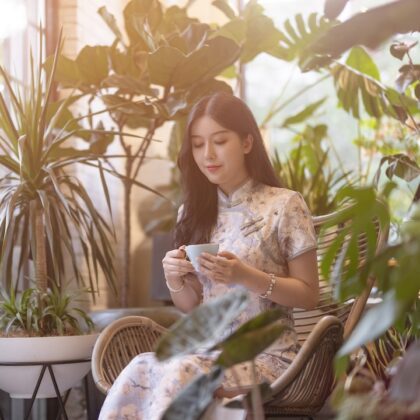
 Beauty
Beauty

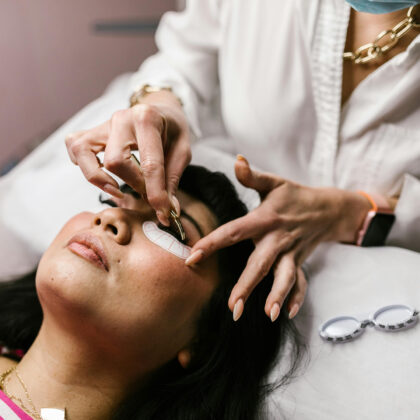

 Health & Wellness
Health & Wellness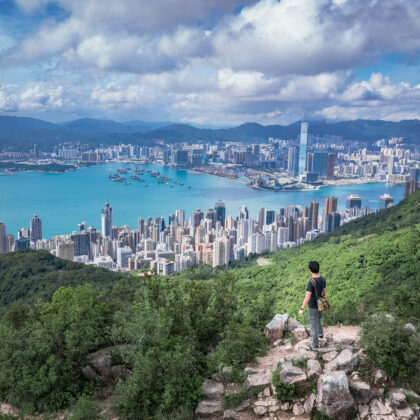
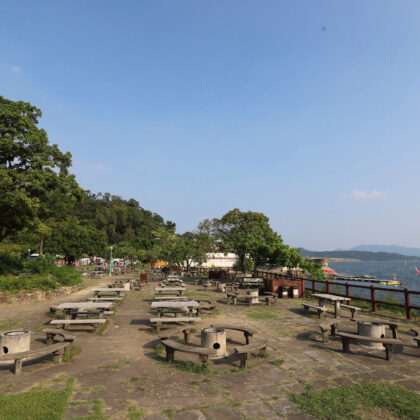


 Home & Decor
Home & Decor

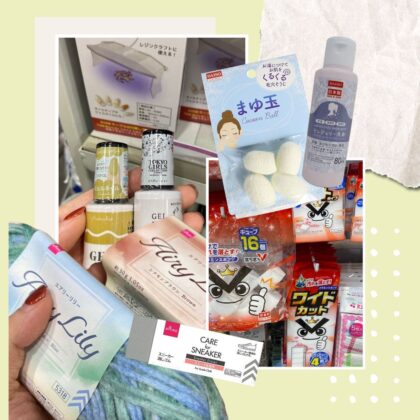
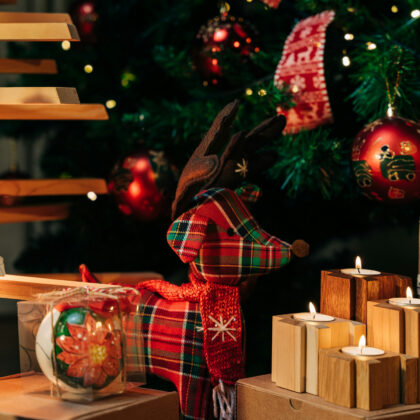
 Lifestyle
Lifestyle
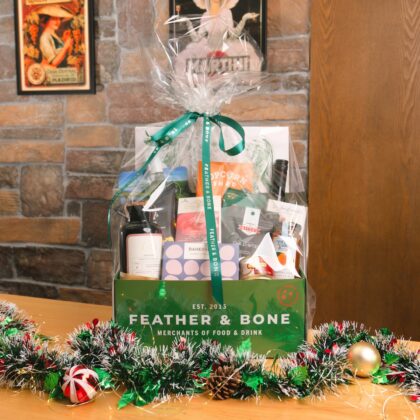

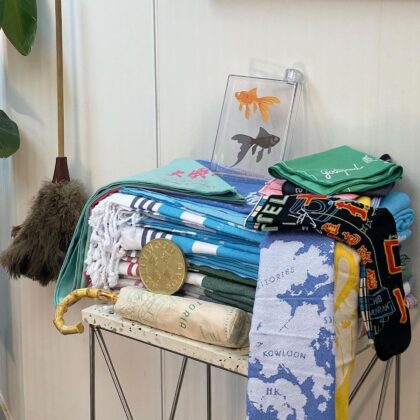
 Weddings
Weddings

